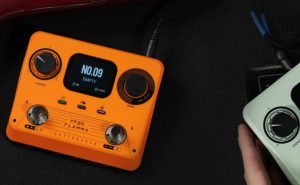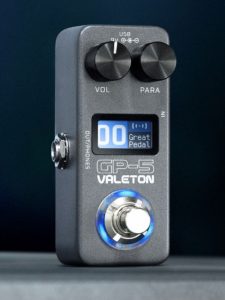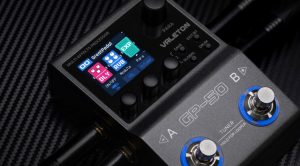Subharmonic Synth Madness for Bass Players
The DOD Meatbox Subharmonic Synthesizer Reissue has a reputation that borders on mythical. Originally released in the ‘90s, it returned to much fanfare thanks to its cult following among bassists and producers. It’s not your average octave pedal — the Meatbox adds subharmonic frequencies that can shake venues, thicken a band’s live sound, and, if you’re not careful, even push your speakers to the edge.
TL’DR – DOD Meatbox Reissue
Pros: Unique subharmonic depth; compact size; versatile for bass, synths, and studio use; cult-classic tone.
Cons: Can overwhelm mixes; potential speaker risk if misused; niche effect not for everyone.
Best for: Bassists and producers who want massive, room-shaking low end beyond a standard octave pedal.
Price Range: ~$150–$200
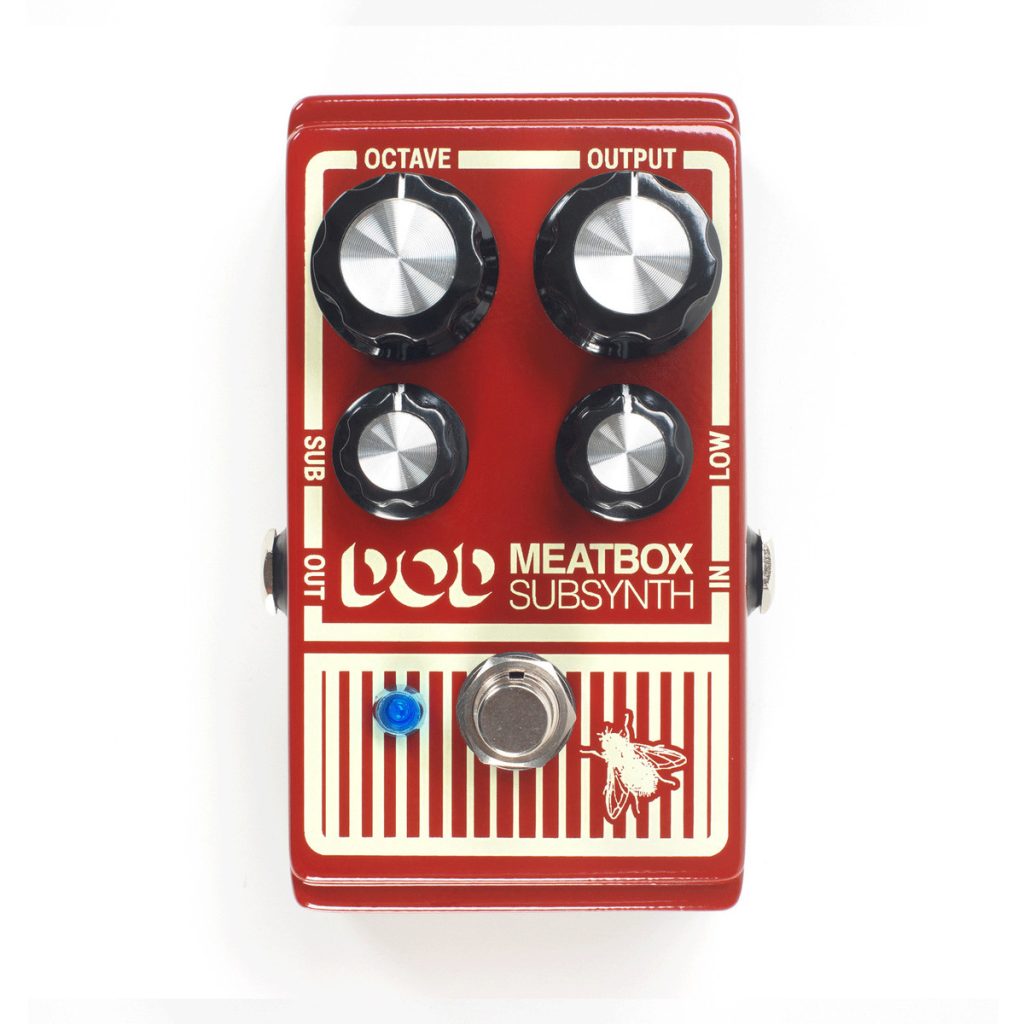
A Brief History: Juan Alderete & The Meatbox Legacy
One of the earliest champions of the Meatbox was Juan Alderete (The Mars Volta, Racer X). He used the pedal to make The Mars Volta sound massive, filling in sonic space with deep, seismic lows. Unlike most effects that sit on top of your tone, the Meatbox adds an entire layer beneath it — almost like adding a subwoofer inside your signal chain.
This unique ability helped it gain cult status. For years, original units were expensive and hard to find, which made the reissue such a big deal for modern players.
Meatbox vs. Octave Pedals
At first glance, many players assume the Meatbox is just another octave pedal. But it’s not.
- Octave Pedals typically generate a pitch-shifted copy of your signal (up or down an octave).
- Meatbox functions more like a subharmonic synth, generating frequencies below your fundamental note, often dipping into subwoofer territory.
This makes it feel less like an “effect” and more like adding a dedicated low-end generator to your rig.
Controls
The Meatbox is simple but powerful, with four knobs that can quickly overwhelm or delight:
- Sub – controls the level of synthesized subharmonic frequencies.
- Octave – adjusts the volume of the -1 octave signal.
- Low – boosts or cuts bass frequencies.
- Output – overall volume level.
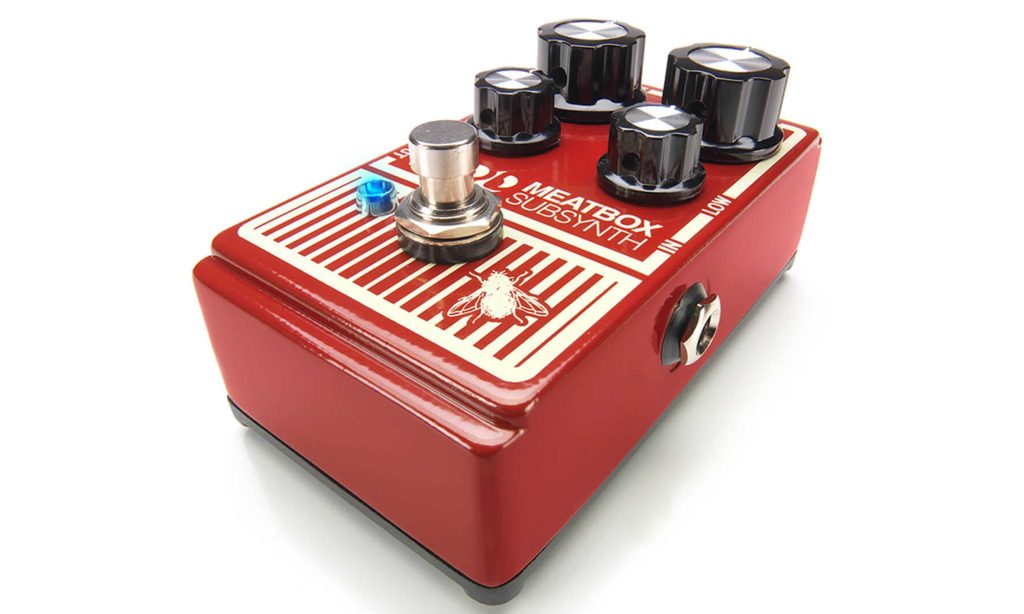
Build & Design
- Size: Compact, pedalboard-friendly enclosure.
- Power: Standard 9V power supply.
- Weight: Lightweight but sturdy construction.
- Bypass: True bypass for clean signal when disengaged.
Uses
- Live Performance: Beef up your band’s low end, especially in smaller groups or trios.
- Studio Work: Add massive subs to bass tracks, synths, or even drums.
- Sound Design: Perfect for experimental textures and cinematic rumble.
Pros & Cons
Pros:
- Adds unique subharmonic depth you can’t get from a standard octave pedal.
- Compact and easy to use.
- Great for both bass and production.
Cons:
- Can overwhelm mixes if used carelessly.
- Risk of damaging speakers if pushed too hard.
- Niche appeal — not an “always on” pedal for most players.
FAQs
Q: Does the Meatbox really kill speakers?
A: Not literally, but it can damage them if you crank the sub frequencies at high volume through underpowered cabinets. With moderation and a capable rig, you’ll be fine.
Q: Is the Meatbox only for bassists?
A: Nope! Producers, synth players, and even drummers have found creative ways to use it.
Q: How is it different from an EQ pedal?
A: Instead of just boosting existing lows, the Meatbox actually generates new sub frequencies.
Conclusion
The DOD Meatbox Reissue is a pedal for players who aren’t afraid to push sonic boundaries. Whether you want to rattle the walls in a live setting or add cinematic low-end to your recordings, it delivers something no ordinary octave pedal can. Just be careful — this beast isn’t meant to be tamed.
Grab the DOD Meatbox Reissue on Amazon and unleash subharmonic chaos!
Other DOD Gear You Might Like
If you enjoyed checking out this DOD pedal, here are more DOD products worth exploring — all tested and reviewed here on BassGearReviews:
– DOD FX-10 Bi-Fet Preamp – A Hidden Gem Among Pedals
